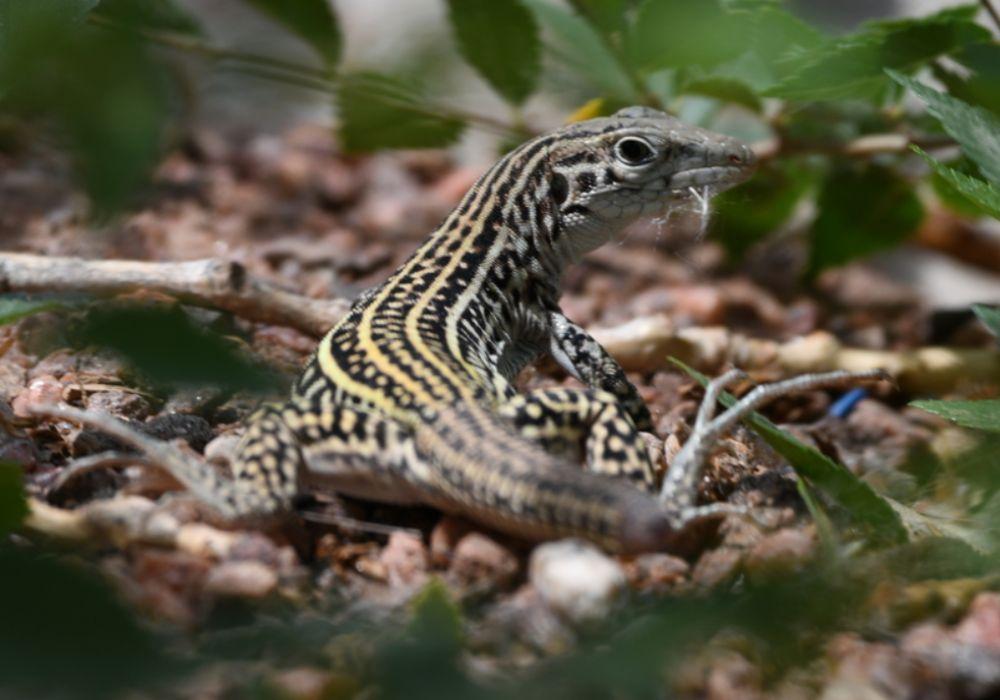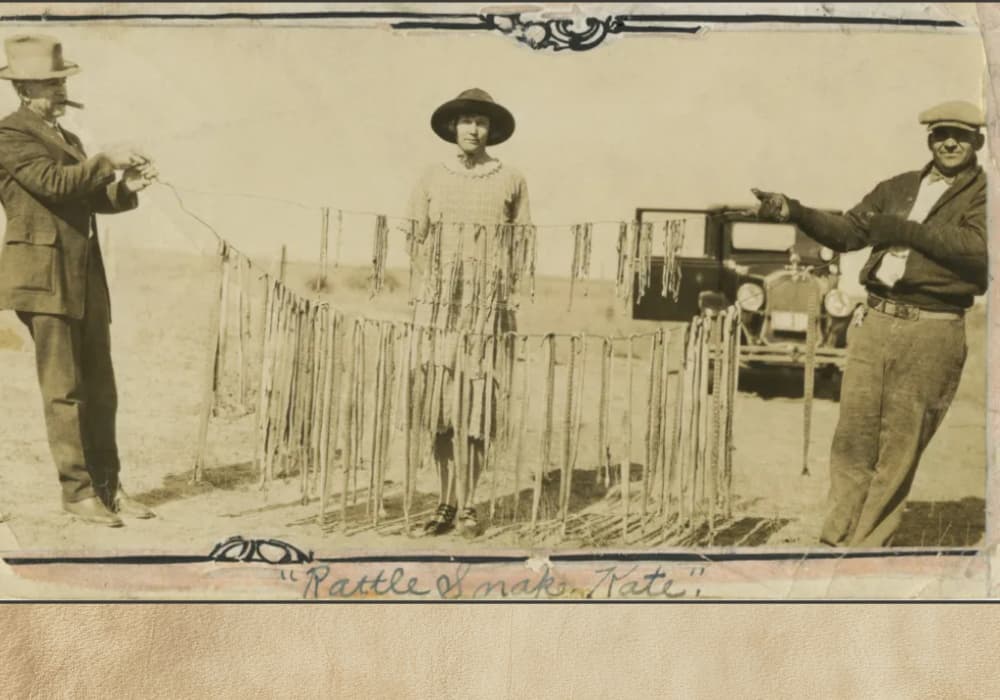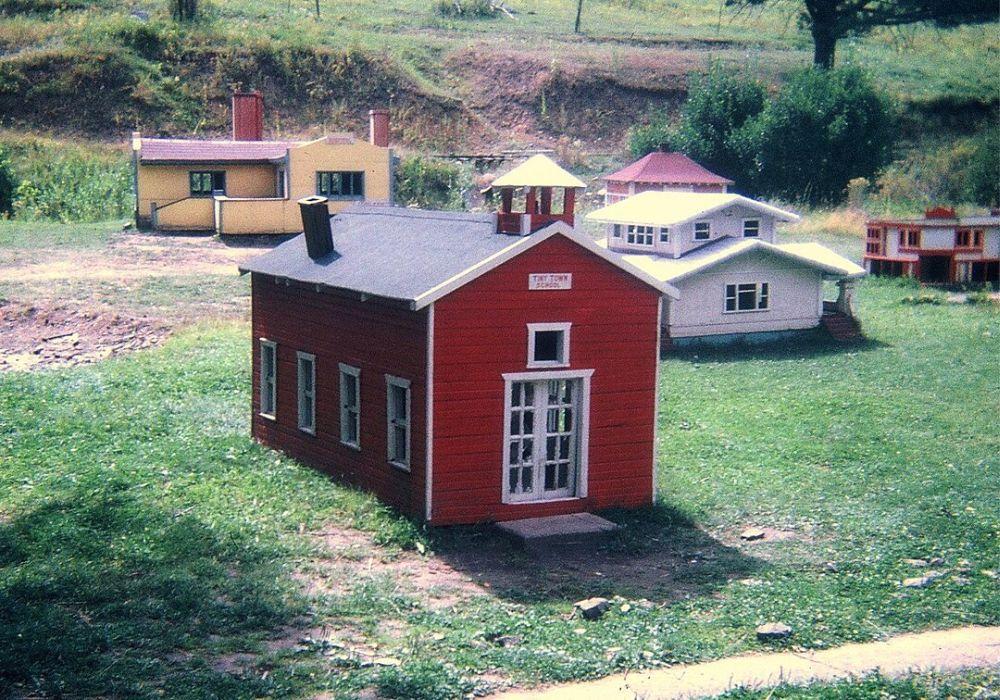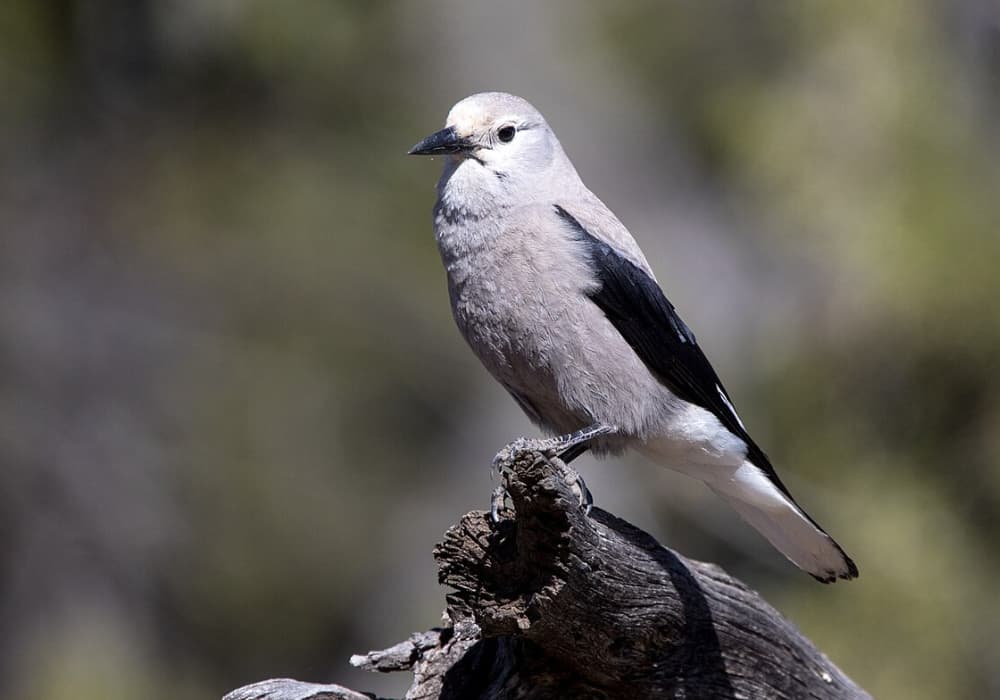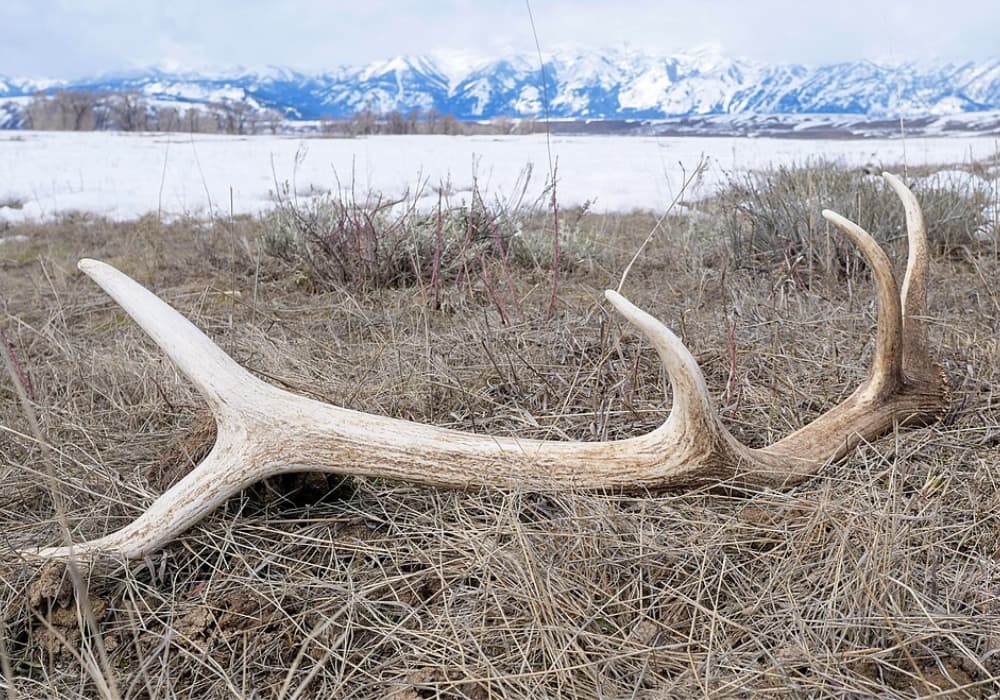Colorado Checkered Whiptail
There is no war between the sexes with the Colorado checkered whiptail. That's because she's always female.
In dry canyons and grasslands, these lizards reproduce through parthenogenesis. Eggs develop without fertilization, and offspring are clones of their mothers. It’s a rare but not unheard-of process in nature. Some bees do it. Some birds do it. But in Colorado, only the checkered whiptail does it.
New hatchlings arrive by August in most years. Along the Arkansas river basin, during daylight hours, look for a slender, fast-moving lizard with a long, tapering tail. Colored gray-brown and dining on termites, caterpillars, spiders.
Given limited range and ongoing threats to habitat, the Colorado checkered whiptail remains a species of conservation concern. It may take human intervention to make sure these sisters keep doing it for themselves.

About Colorado Postcards
Colorado Postcards are snapshots of our colorful state in sound. They give brief insights into our people and places, our flora and fauna, and our past and present, from every corner of Colorado. See more postcards.
